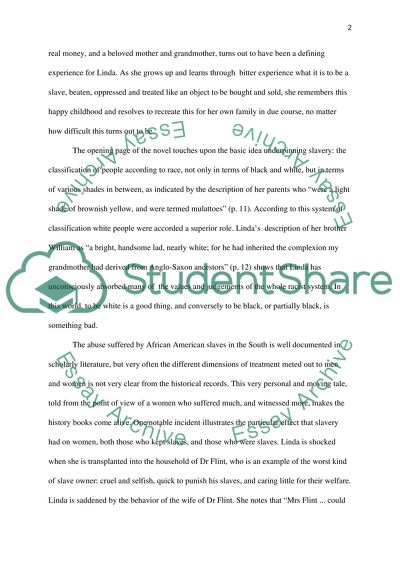Cite this document
(“English Literature (Classic and Modern): Thesis and Prewriting Essay”, n.d.)
Retrieved de https://studentshare.org/literature/1391547-persuasive-essay
Retrieved de https://studentshare.org/literature/1391547-persuasive-essay
(English Literature (Classic and Modern): Thesis and Prewriting Essay)
https://studentshare.org/literature/1391547-persuasive-essay.
https://studentshare.org/literature/1391547-persuasive-essay.
“English Literature (Classic and Modern): Thesis and Prewriting Essay”, n.d. https://studentshare.org/literature/1391547-persuasive-essay.


